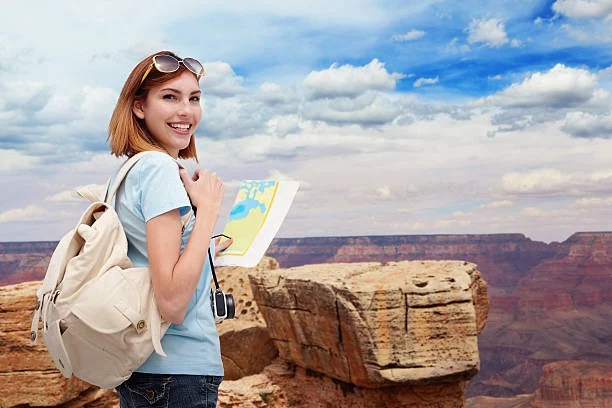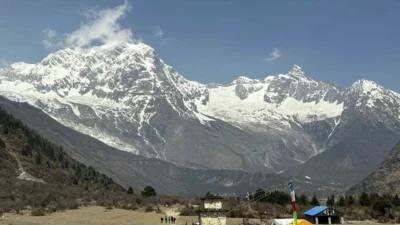The Grand Canyon attracts over six million visitors annually, yet most first-timers make the same mistakes that prevent them from experiencing this natural wonder at its fullest. While everyone knows about the popular South Rim viewpoints, the real magic lies in the details that guidebooks often overlook.
Skip the Crowds: Timing is Everything
Most visitors flock to Mather Point and the Village area, creating bottlenecks that diminish the experience. Instead, arrive at Desert View Point just after sunrise – you’ll have stunning eastern views with dramatically fewer people. The 25-mile Desert View Drive offers multiple overlooks where you can often find solitude, especially at Lipan Point and Tusayan Museum viewpoints.
For crowd avoidance, visit during shoulder seasons (April-May or September-October) and explore viewpoints during the “golden hours” just after sunrise or before sunset when most tour groups have departed.
Hidden Gems Beyond the Obvious
While everyone photographs from Hopi Point, venture to Hermit’s Rest for equally spectacular views with better photo angles. The short Rim Trail between these points reveals hidden alcoves perfect for quiet contemplation. Don’t miss the often-overlooked Kolb Studio, which offers unique canyon perspectives and fascinating historical exhibits.
Trail Planning: Beyond Bright Angel
Most first-timers attempt Bright Angel Trail without proper preparation. This trail is crowded and lacks shade during peak hours. Consider the South Kaibab Trail instead – it’s shorter, offers better views, and provides excellent photo opportunities at Ooh Aah Point (just 1.8 miles down).
For day hikers, the lesser-known Hermit Trail offers solitude and stunning scenery, though it requires more preparation. Always check trail conditions and carry twice the water you think you’ll need.
Weather Realities
The canyon’s rim sits at 7,000 feet elevation, making it surprisingly cold even when Phoenix swelters. Pack layers – morning temperatures can be 40 degrees cooler than afternoon highs. Summer thunderstorms arrive suddenly, so check weather forecasts and carry rain protection.
Winter brings snow and ice to rim trails, requiring microspikes or crampons for safe walking. Many viewpoints become inaccessible during severe weather.
Permit Planning
Backcountry permits sell out months in advance, but day-of cancellations are common. Visit the Backcountry Information Center early morning for last-minute availability. Mule ride reservations also open 15 months ahead – book immediately when available.
Smart Navigation
Download offline maps before arriving, as cell service is spotty throughout the park. The Grand Canyon app provides excellent offline trail maps and safety information.
For a complete Grand Canyon travel guide and nearby Arizona highlights, click here.
The Grand Canyon rewards those who plan thoughtfully. By avoiding common pitfalls and embracing these insider strategies, you’ll create memories that extend far beyond the typical tourist experience.

Lexy Summer is a talented writer with a deep passion for the art of language and storytelling. With a background in editing and content creation, Lexy has honed her skills in crafting clear, engaging, and grammatically flawless writing.



